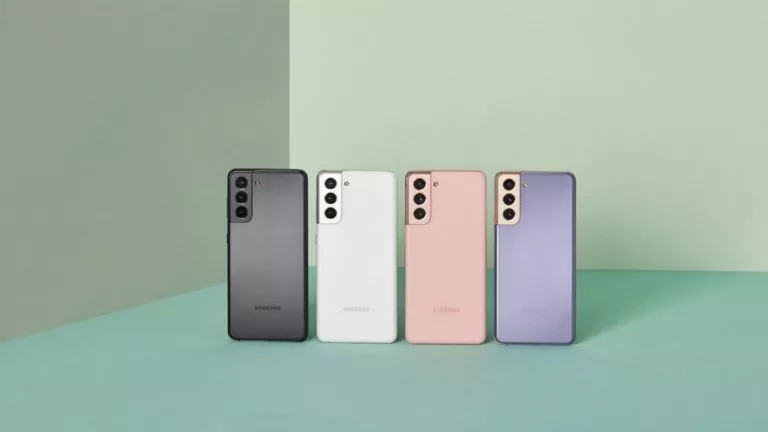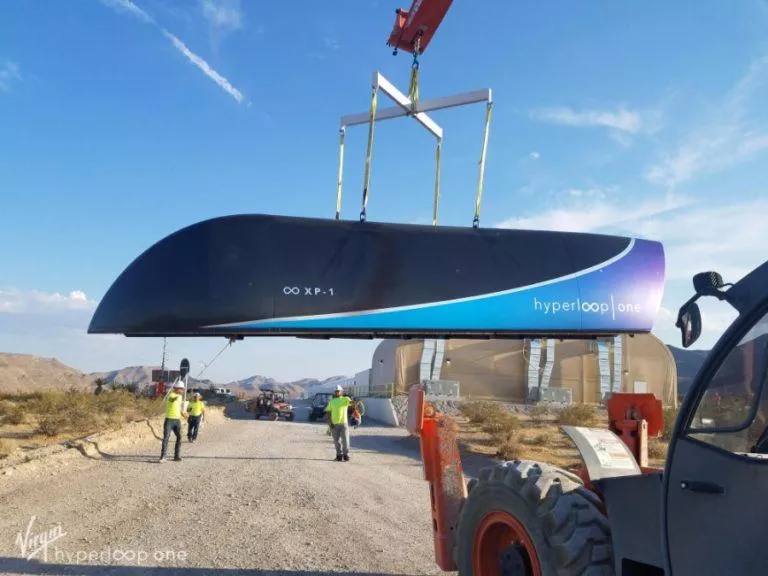Science Fiction Comes True: Experience 3D Without Using Glasses

Three dimensional holographic images and floating displays have held us in fantasy, since time immemorial. I mean who can forget, the rescue message containing Princess Leia’s cry for help carried by R2-D2 in Star Wars or perhaps the holographic maps in Avatar. Although till now we haven’t been able to immerse the real and virtual world together without access to cumbersome accessories such as 3D glasses.
Well, Not anymore as a Glasses Free 3D experience has never been closer. The hard work of scientists from Swinburne University of Technology in Melbourne, Australia has led to the development of a technique which utilizes a graphene-based material to create a full-color, pop-up, 3D floating display – visible from a wide angle with the naked eye.
Yes, Graphene- the atomic layer of carbon material that fetched the 2010 Nobel Prize in Physics to scientists Andre Geim and Konstantin Novoselov. Owing to its high electrical/heat conductivity and fascinating mechanical, thermal and optical properties, it has emerged as the key component for touch screens in wearable devices and for Glasses Free 3D.
Holograms work by bending light off the screen in a carefully controlled way so that, instead of bouncing directly back into your eye, it makes it appear as though it’s projected off a separate display. The Swinburne researchers were able to create the floating 3D display by tweaking the refractive index – the measure of how much light bends as it passes through a medium – of graphene oxide. This allowed them to create tiny, nanoscale pixels that make up floating 3D images, visible to the naked eye, reports ScienceAlert.
“If you can change the refractive index you can create lots of optical effects.Our technique can be leveraged to achieve compact and versatile optical components for controlling light. We can create the wide angle display necessary for mobile phones and tablets.”
“Our technique enables the reconstructed floating 3D object to be vividly and naturally viewed in a wide angle up to 52 degrees. It is projected that graphene 3D display at tens of centimeter scale, perfect for the wearable displaying devices, will be available within five years. This new generation floating 3D display technology also has potential applications for military devices, entertainment, remote education and medical diagnosis,” write the authors Min Gu and Xiangping Li.
Read more about the research on Glasses Free 3D here which has been published in the journal Nature Communications.
Have You Too Been Waiting For A Glasses Free 3D experience? Tell us your thoughts below.
Stay tuned for latest technology news from fossBytes
Recommended:
Microsoft Set to Help NASA in Mars Exploration With HoloLens






